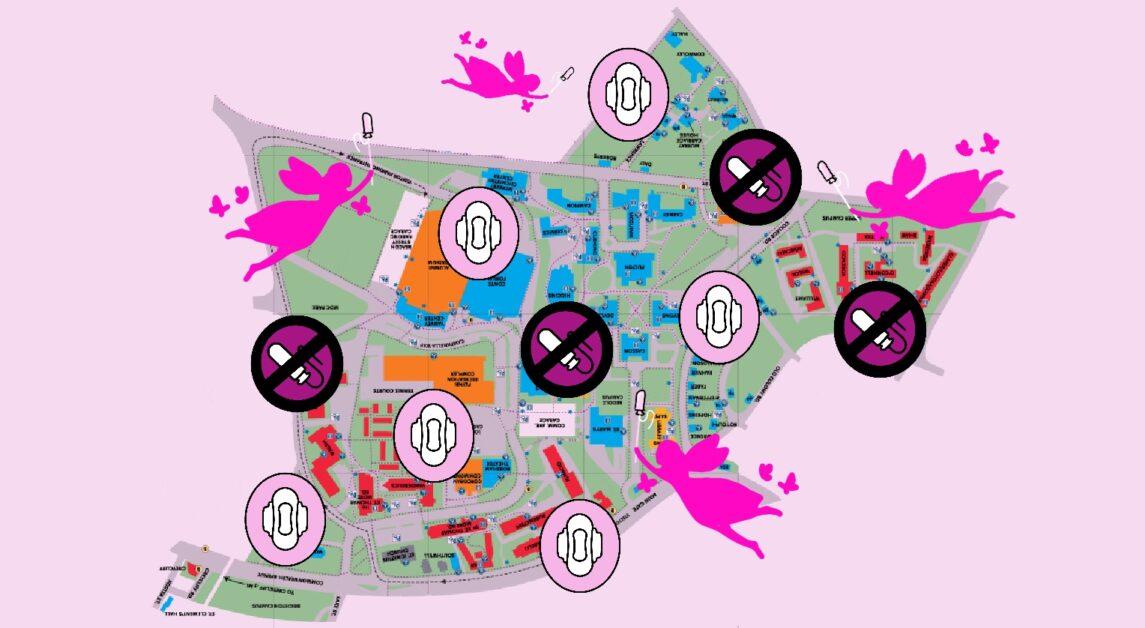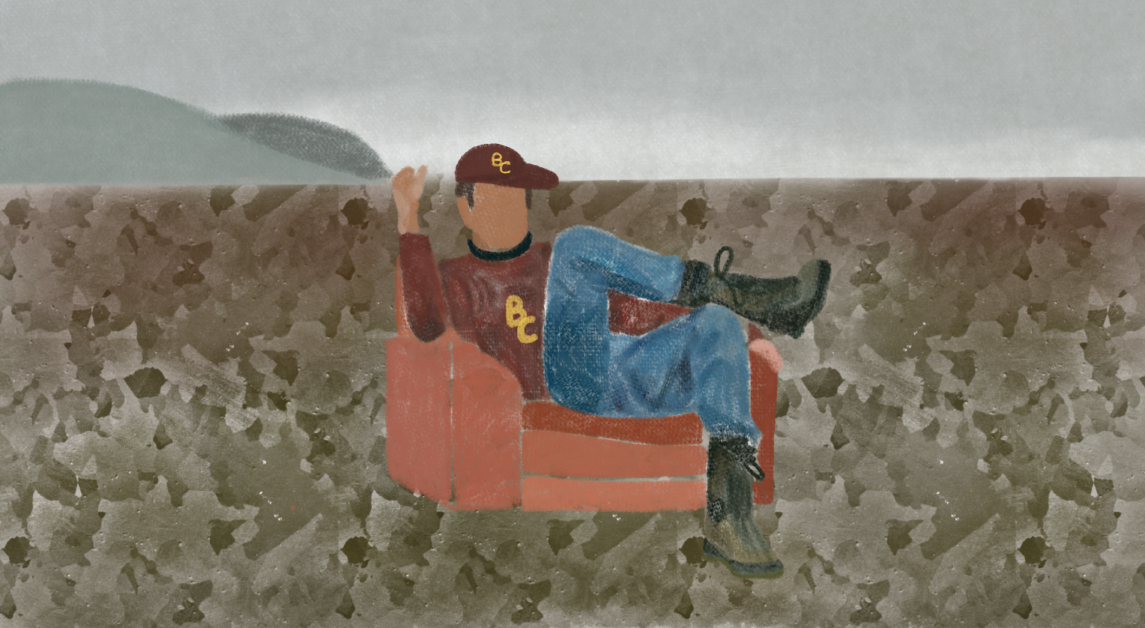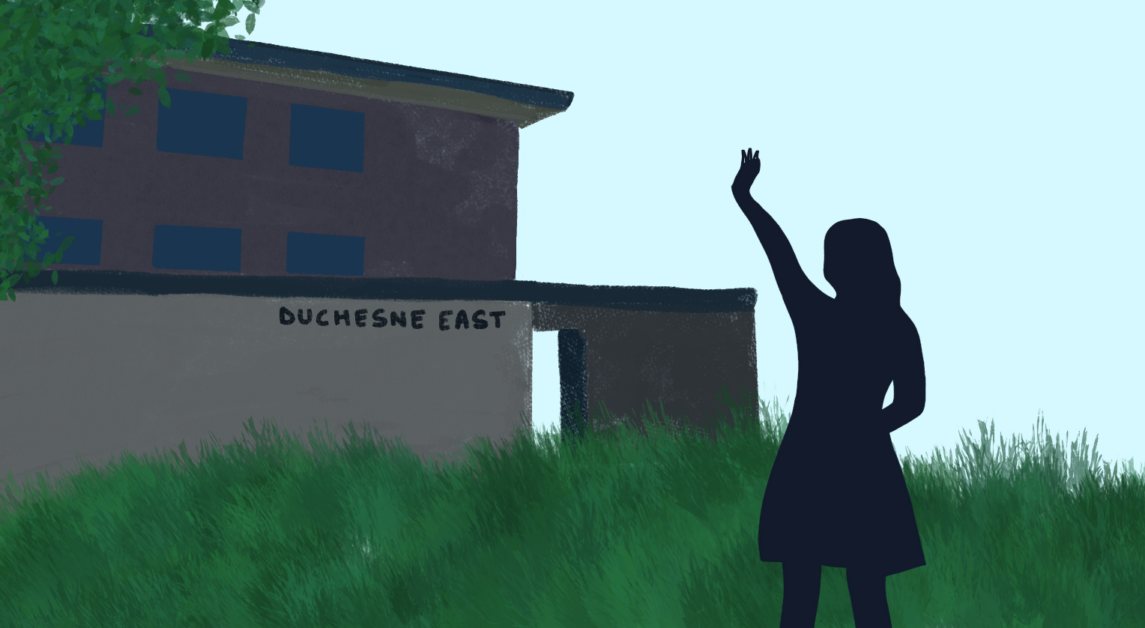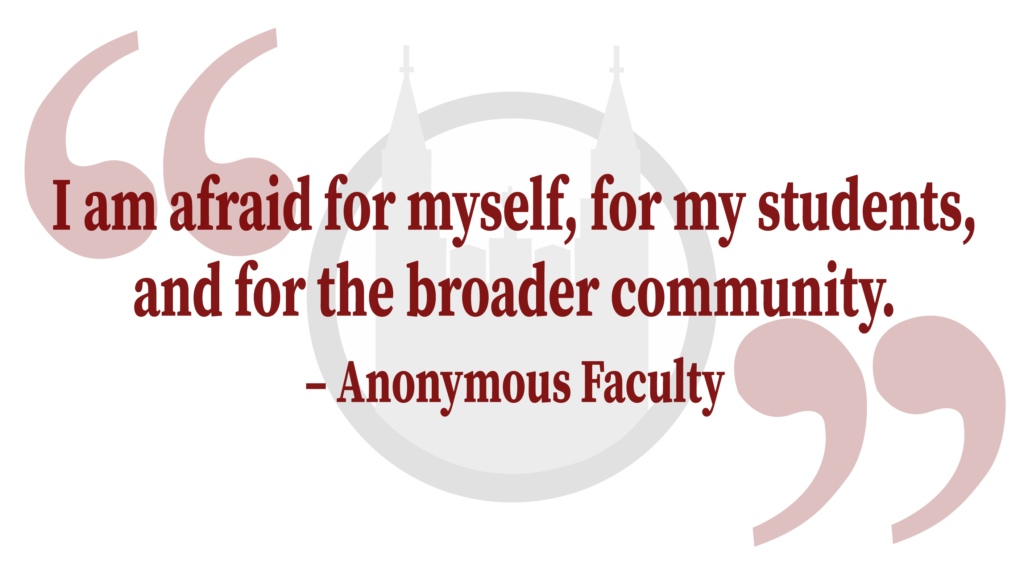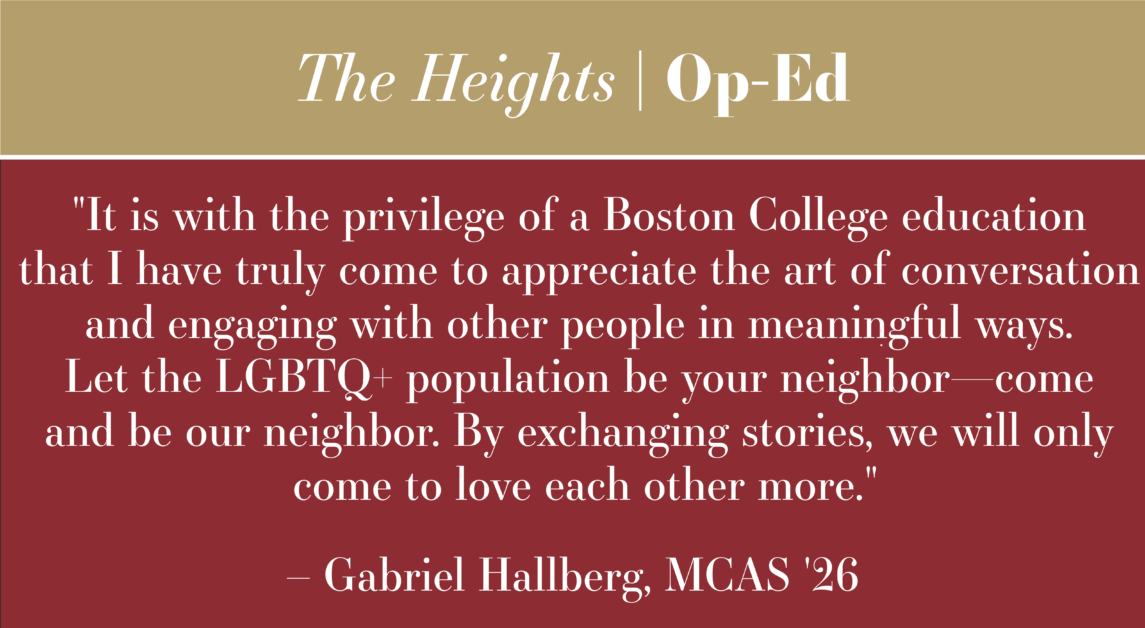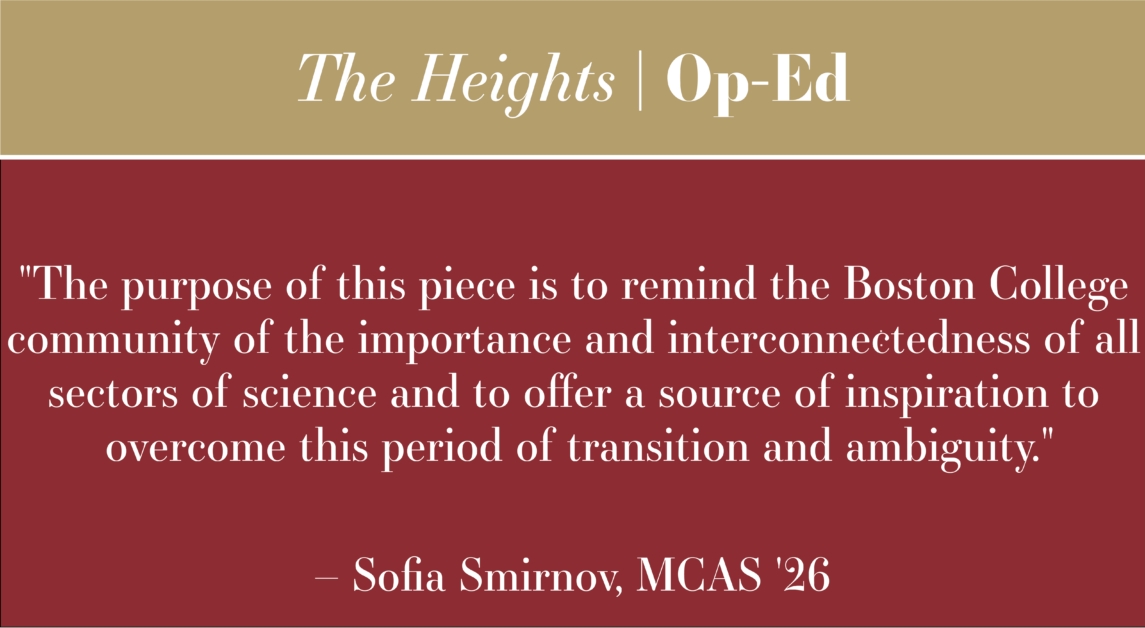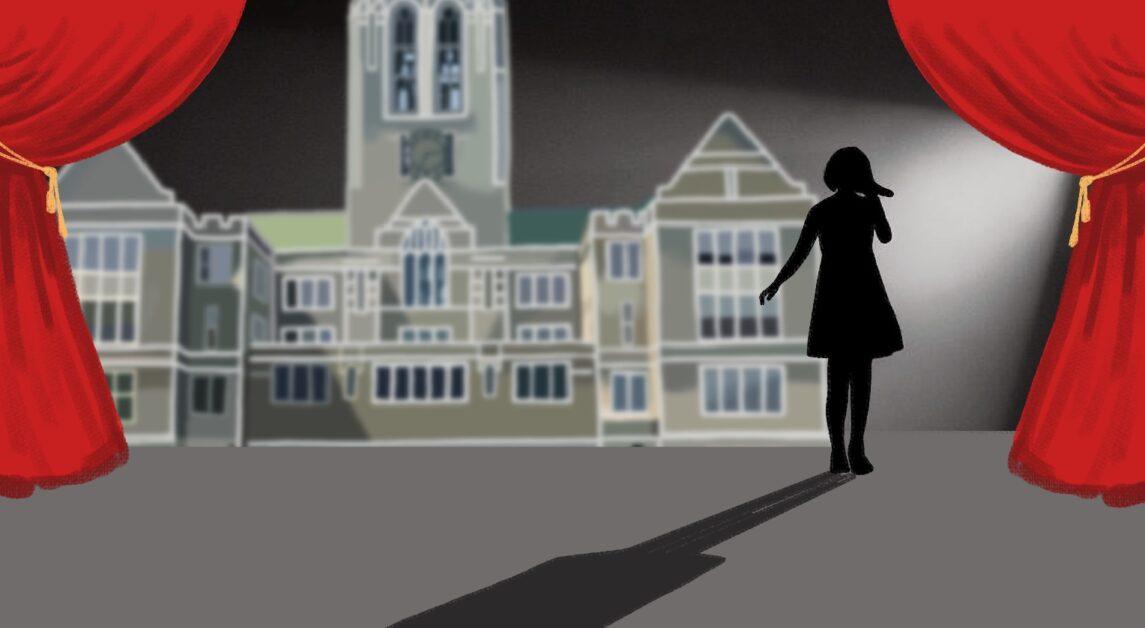In mid-March, the Associated Press published an article about a virtual reality project taking place on Boston College’s campus, inside Connolly House. Twenty-two students with a range of academic backgrounds—business, English, psychology, computer science—have created a way to understand the story of James Joyce’s Ulysses without having to read a single word. The group has turned the narrative of the story into a video game only accessible through a virtual reality headset. Once the player straps on the headset, they are taken into Morello Tower, where the book begins. The game is called Joycestick, and it’s an unusual and creative way to look at a historic novel. It was also a risky endeavor: the premise of a virtual reality Ulysses could have been wildly unpopular in academic circles, or the challenging coding could have proved to be impossible. But the risk was worth it, and the program has succeeded.
The Associated Press is a wire service, so the article was disseminated to major newspapers internationally, as close as Boston and as far as London. BC almost never gets this kind of international attention, and when it does, it is more likely to be about sports, or the death of a prominent administrator, or the lack of disability services on campus. Attention is rarely given to BC’s creative efforts. With the exception of Joycestick, innovative, off-the-beaten-path endeavors at BC are hardly public knowledge.
To get the funding for the project, Joe Nugent, an associate professor in the English department who heads the program, patched together several different grant programs, taking from an Advanced Technology Innovation Grant from the Academic Technology Advisory Board and a Teaching and Mentoring Grant from the Office of the Provost, as well as from several donors. The game is an expensive endeavor (some estimates place yearly funding at high five-figures), and an international one—students have most recently gone to Rome to present the project, and plans are in the works to go to both Singapore and Dublin. The project also requires esoteric and costly materials. Just one of the virtual reality headsets costs nearly $1,000.
Individual students who may want to start a creative project (albeit on a smaller scale than Joycestick) can’t do this as easily. Nugent has taught a class on Ulysses for several years and used his reputation to convince the University to let go of its dollars. BC offers advanced study grants during summers to students, but this comes with the strings of “skill acquisition” attached. For the advanced study grant for the arts, the implication is that the money will be used to pay for a class. During the school year, there isn’t a streamlined way for students to apply for grants for creative projects. Grants are fairly readily available for research projects, but there is nothing institutionalized that encourages students to create, and maybe fail, and get back up and keep trying.
Across the River Charles, the Office for the Arts at Harvard University offers developmental grants for student artists and creators. Each year, the program funds over 100 projects that involve up to 2,500 students, primarily undergraduates. BC is not Harvard, in terms of both finances and legacy, but the program could be replicated in a way here. An injection of money to students who concentrate in the arts or humanities could fund the type of innovation that is so applauded in Joycestick.
The closest thing to institutionalized innovation that Chestnut Hill has to offer is the Shea Center for Entrepreneurship, which funds risk-taking, business-oriented students. The Shea Center provides training and funding for students who want to jump into the choppy waters of the startup culture. The Shea Center is an effective way for students to experiment with an unregimented project, while knowing that the University is behind them. Unfortunately, the support is limited to those students who want to innovate in the business sector. It’s been successful, too, with apps like EchoME, named one of the best student-run businesses in the Atlantic Coast Conference.
The success of the Shea Center serves as a case study for the benefits of encouraging innovation and creativity. If it works in BC’s business sector, it ought to be able to work in BC’s art sector as well. A grant or program specifically meant to encourage innovation in the arts would upend the common sentiment that BC stifles creativity. Joycestick’s success is predicated on its originality, and ushered along by funding. It proves that this can work here.
Joycestick works because several people believed in it enough to fund it, and to keep funding it. It has brought international attention to the University and is an example of what the digital humanities could be. It’s a worthwhile investment for BC to create a program where creative and motivated students can come together for a singular mission. A grant that is meant specifically for purposes of creativity, for things like Joycestick, would spur students to take risks and grow beyond the shade of BC’s campus.
The connections made among the 22 students creating the game will spur careers and growth. Like neuron connections inside a brain, the students’ ideas bounce off each other and grow bigger, from a classroom into a career. Joycestick is not just a new way to understand James Joyce, but also a new way to understand education and how people learn.
There could be many more Joycesticks, but nothing can grow in a desert. The future of the creativity of BC students rests on the willingness of the administration to plant some seed money. To bring further renown to the University, and perhaps even boost its reputation, it must fund measures of creative risk.
Featured Image by Meg Dolan / Heights Editor



